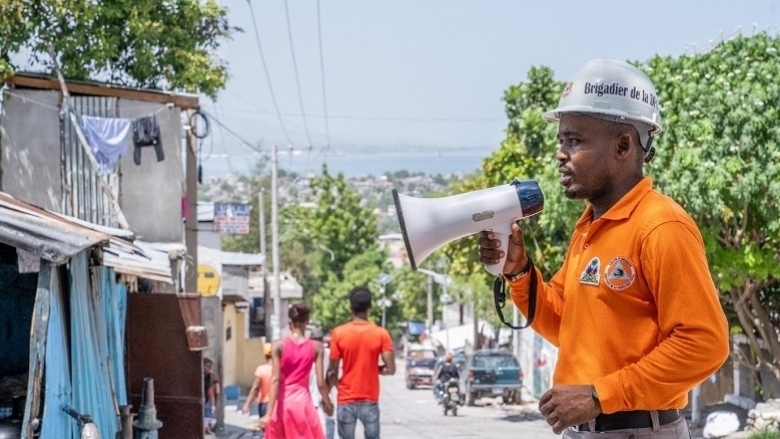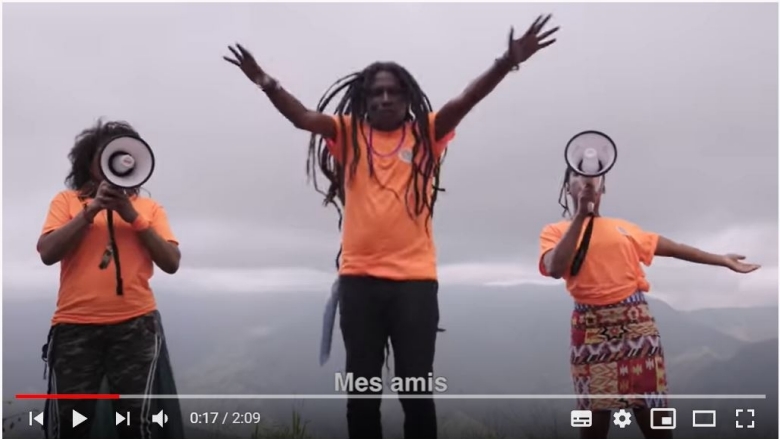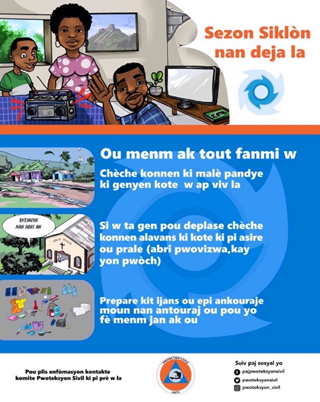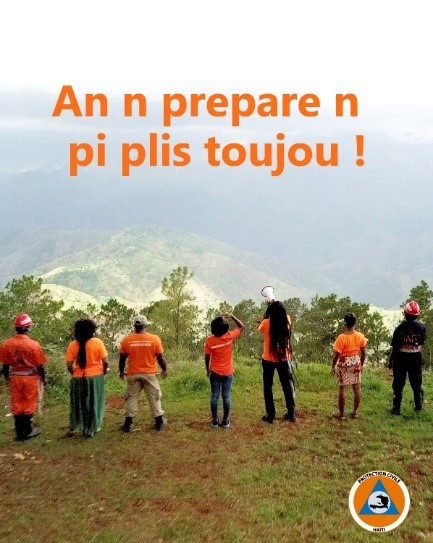Due to its location and developmental challenges, Haiti is highly vulnerable to natural hazards and climate shocks, mainly hurricanes, floods, and earthquakes. More than 96% of the population is exposed to at least two of these natural hazards.This situation is exacerbated by high poverty levels, the vulnerability of the country’s infrastructure, unplanned urban expansion, and institutional fragility.
The human and economic impacts of disasters in Haiti have been extremely severe, and climate change is expected to increase the frequency and severity of hydro-meteorological hazards. In 2016, Hurricane Matthew affected over two million people, resulted in over 500 deaths, displaced 175,000 Haitians, and caused losses and damages estimated at 32% of the 2015 GDP.
In order to reduce the number of fatalities, as well as economic losses caused by disasters, the World Bank is supporting the Haitian Government to strengthen disaster and climate resilience through projects aiming to reinforce risk understanding, emergency preparedness and response, risk reduction investments, and financial protection against disasters. This includes support such as increasing resources to assess disaster risks, developing hazard and risk assessments, Disaster Risk Management Action Plans in key sectors, and capacity building for the Municipal Civil Protection Committees.
Strengthening systems for emergency preparedness and response
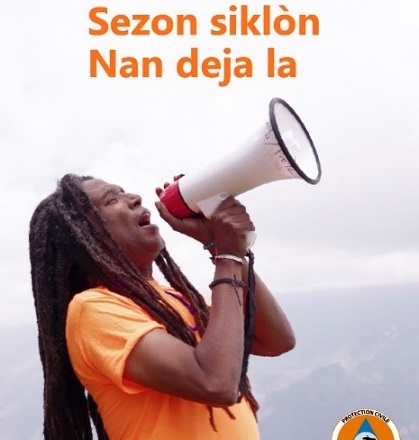
Work to better alert the public about disasters has been based on lessons learned from previous disasters in Haiti. Because people did not always understand early warning messages about threat levels and color codes, the Civil Protection General Directorate worked to develop a warning system that is much more easily understood by the general population. They also partnered closely with the Haiti Hydro Meteorology Unit to set up alert bulletins better suited to the local language and reinforces the actions to be taken and the behavior to be adopted at each stage.
In addition to institutional measures, like setting up disaster risk financing and emergency response plans, one key aspect of disaster risk management is emergency preparedness. This means increasing both the knowledge of disaster risks and the awareness of the local population to save lives. With the support of the Strengthening Disaster Risk Management and Climate Resilience Project and GFDRR technical assistance - particularly through the European Union funded Caribbean Regional Resilience Building Facility - the Haitian Civil Protection General Directorate (DGPC) launched a public communication campaign during the current hurricane season.
Watch the video below!
